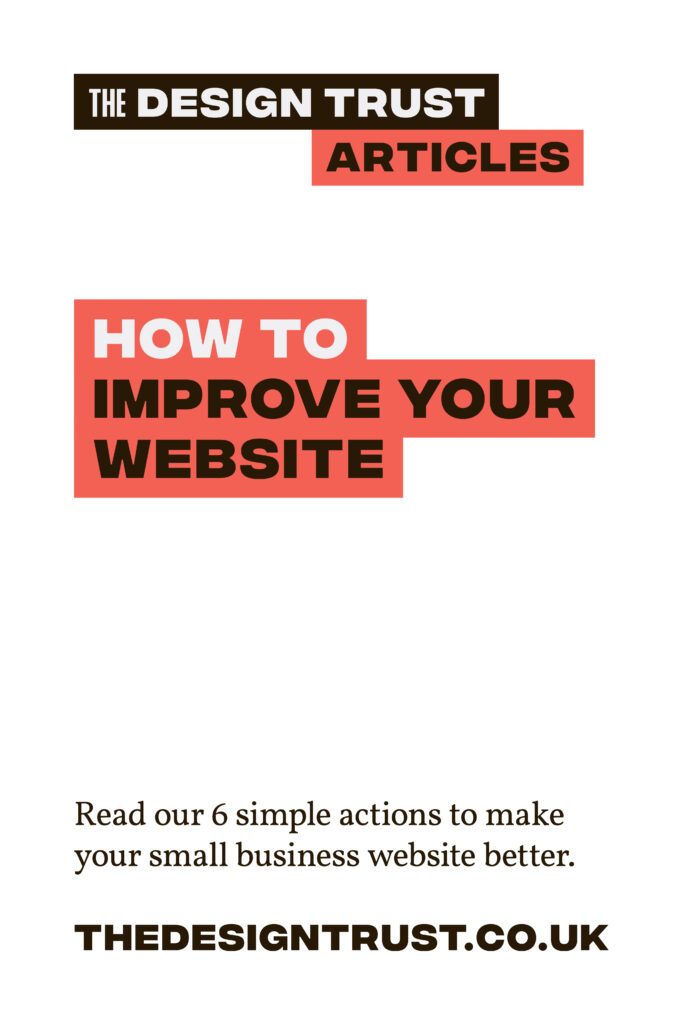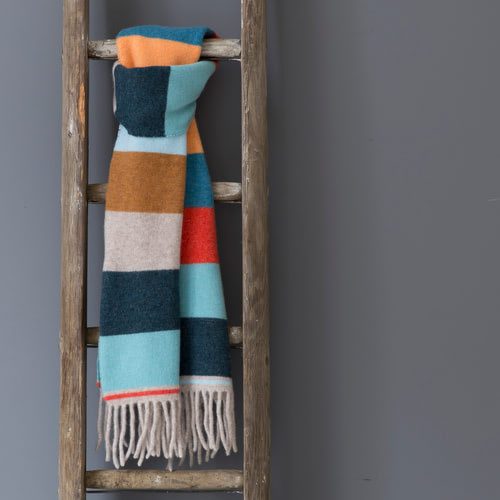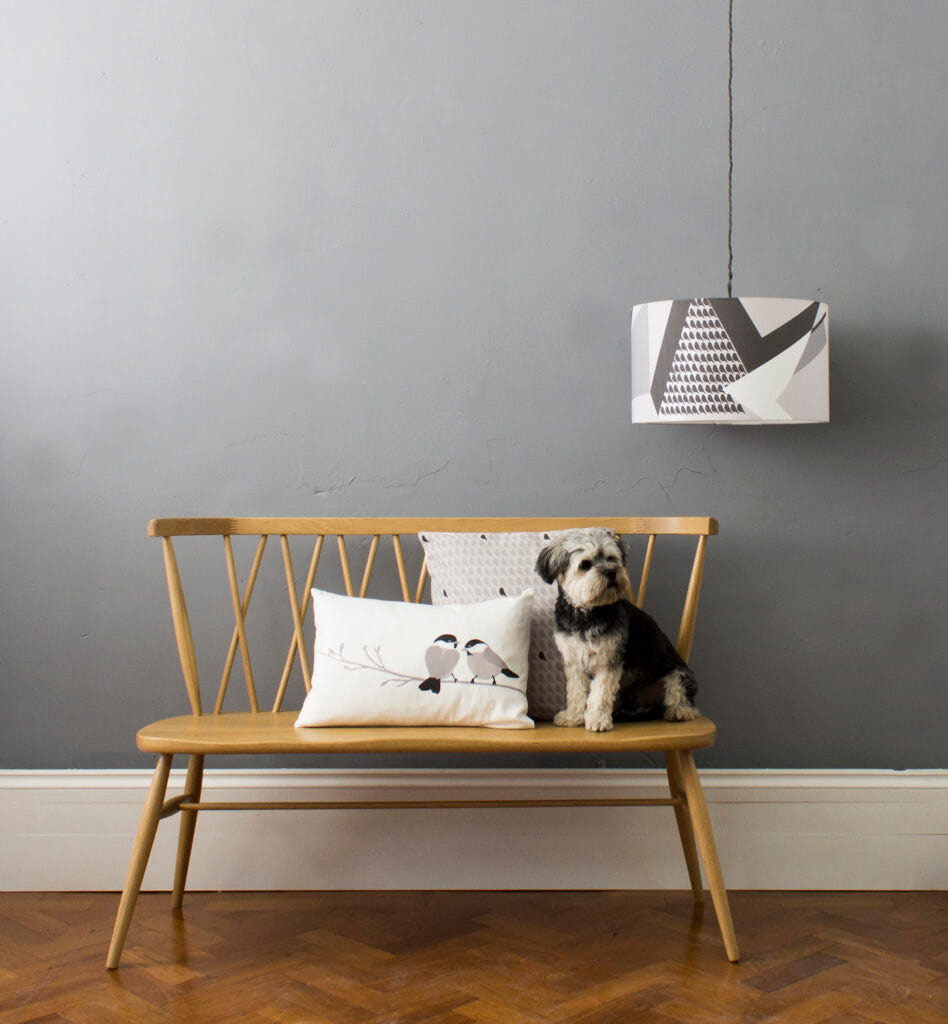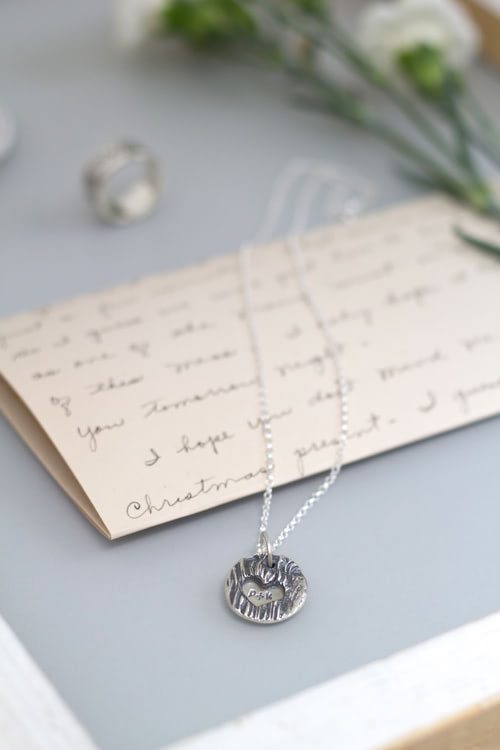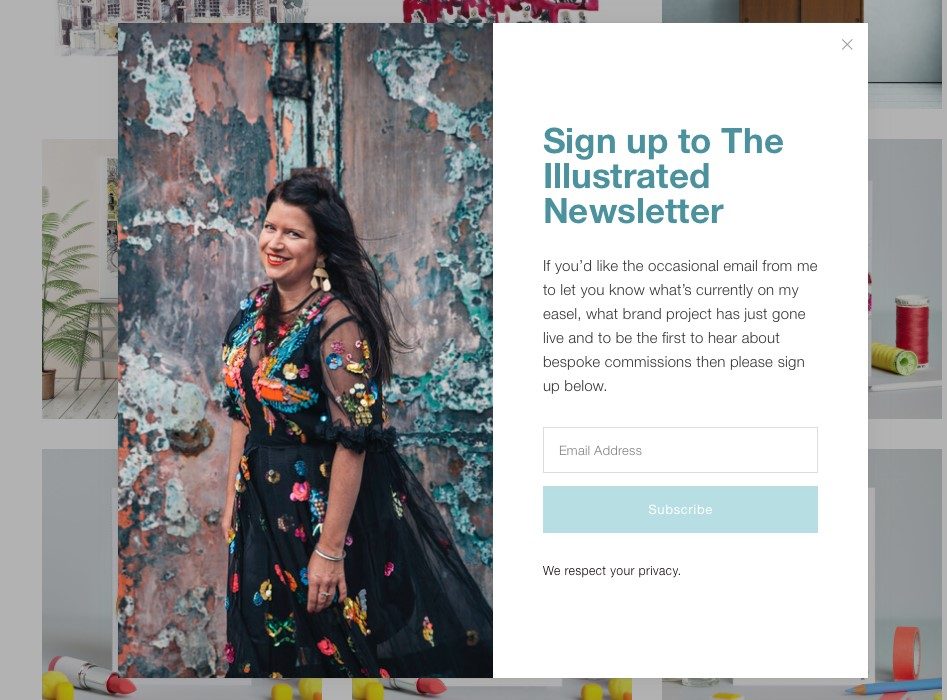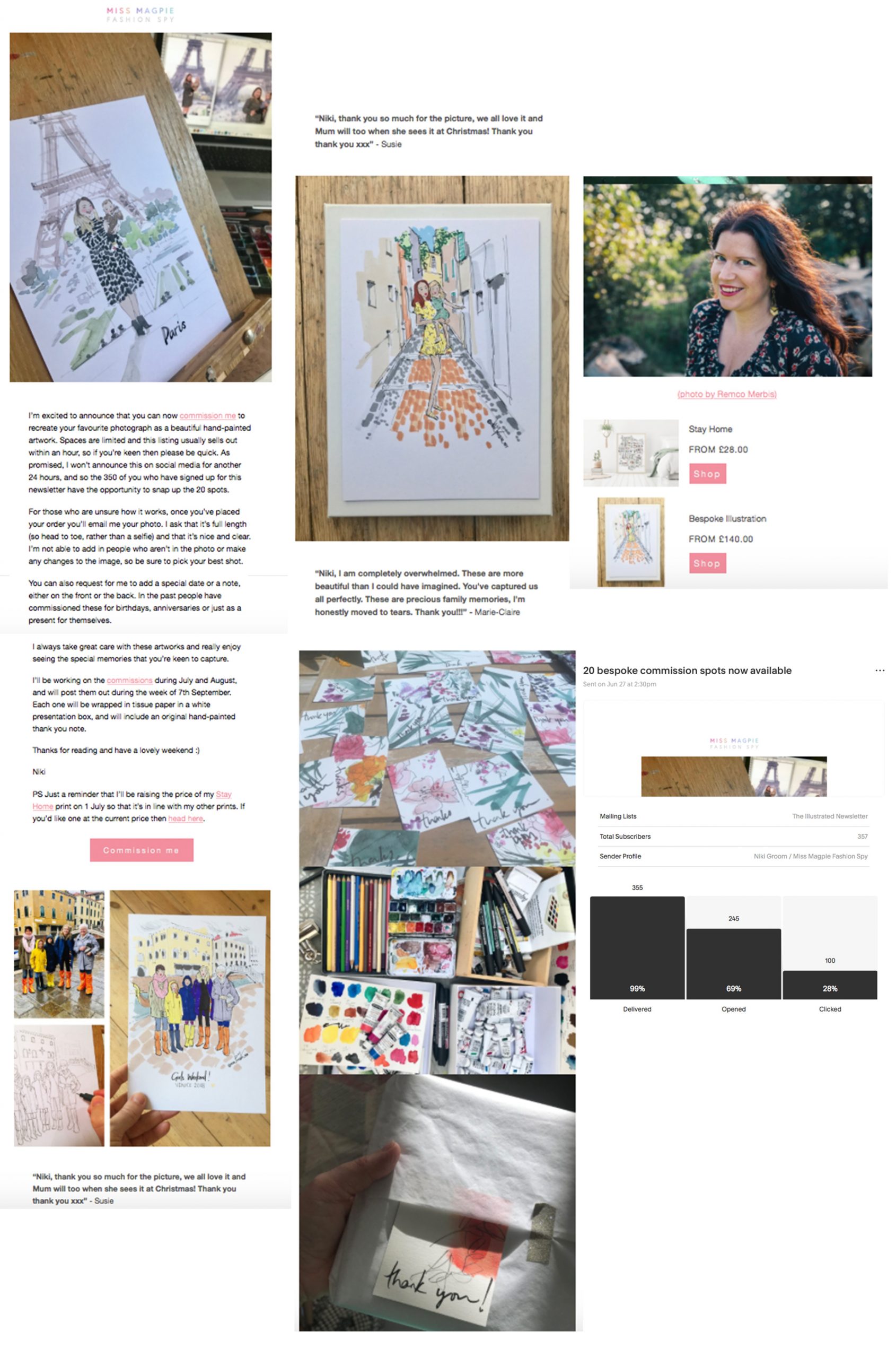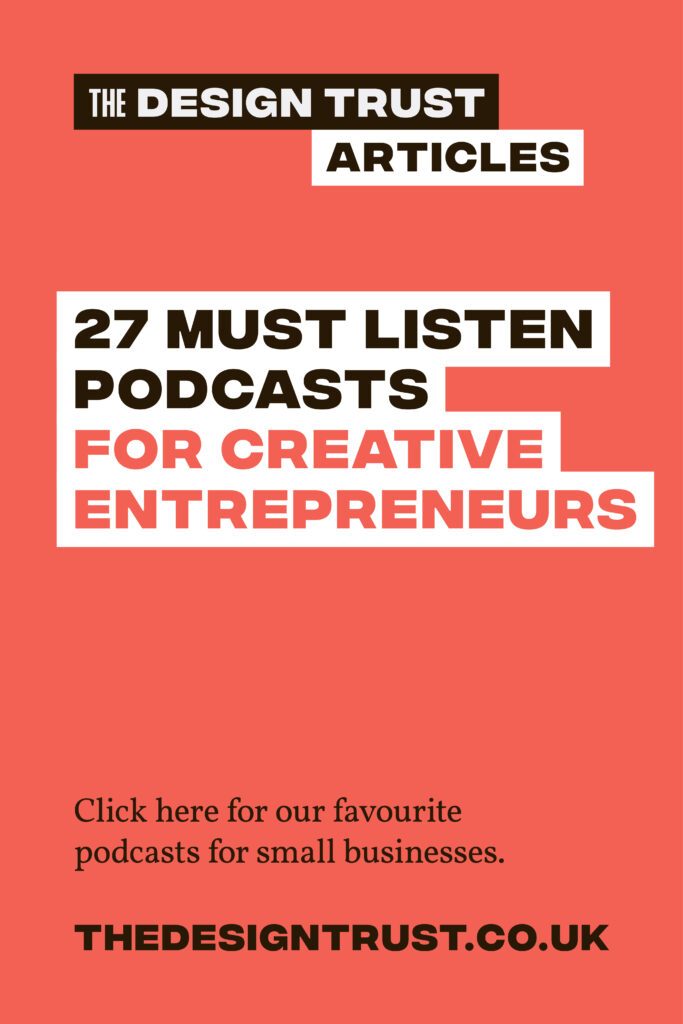Want to get to know your ideal clients better? Are you struggling to identify who your dream clients are and how to approach them?
Many new creative businesses struggle to find out who their potential clients could be. But it doesn’t need to be that difficult! Marketing isn’t rocket science and using your common sense can get you very far.
Start to think about who might be using or buying your creative products or services. Ask other people too. Look at where your competitors are selling or talking about their work. That kind of research can give you important clues to who your ideal clients are.
If you are really struggling to identify your potential clients then it’s very likely that you aren’t focused yet or clear on your niche:
What do you do best and who are your ideal clients?
It also might help you to know that you don’t have just one ideal client – but probably around 3 – 5 different client types or groups! Don’t try to put them all together because you will be creating a monster that doesn’t resemble your ideal client in the slightest!
Why is it important to get to know your ideal clients?
If you know who your ideal clients are then:
- You will find it much easier to design and create the right creative products and collection for them – original, innovative and creative products and services that are actually wanted because you understand their needs and wants better and you have more empathy for your ideal clients. So it will be easier to sell your creative products and less likely that you end up with a lot of unsold stock!
- You will find it much easier to position yourself in your marketplace and to stand out from the crowd because you will be designing more specific products for specific client’s needs, and you will know how to attract your clients with the right photography and styling, showing at the right events, and appearing in the press that they read. By being focused on serving a specific client group you will become a specialist and it’s easier to become known by your ideal clients because you will know exactly where to show and sell your work.
- You will be more focused and effective because you understand your clients at a deeper level, meet them in the right places, know when they are most likely to buy and how to attract them. The whole creative process from designing to launching your products and services will be much easier.
- The more you understand who your ideal clients are the more you will understand who you are, what your special talents and strengths are, and that will help you to become braver in your designs and more confident too. You and your clients are not necessarily the same people, but you will have some values and tastes in common.
If you think that everybody is your client, then you will have a lot of disappointment in your business (unless you have got unlimited amounts of money, time and energy to reach them all!).
The reality is that less than 1% of the general public is interested in what you do. If you want to create a successful business then it is YOUR job to find your clients!
Like in the playground you need to start looking at who YOUR ideal clients are. Read the other 6 marketing myths that might stop you from being more successful with your creative business.
Once you have got a bit of an idea who your ideal client groups (both your potential consumers, trade clients, and stockists) are then use the following 10 questions to get to know your dream clients better:
Q1: Who are they?
On a very basic level start to think who your clients are in socio-economic terms e.g. their gender, age, life cycle, income, job, hobbies, etc.
- Are you selling your colourful graphic prints cheaply to recent design graduates, a young couple moving to their first flat in Brighton, or to a pregnant yummy mummy in Hackney who wants to put some in the nursery?
- Are you selling your bold silver statement rings to a goth for that special event, to an ambitious Marketing Executive who wants to show a bit of oomph at that press conference, or to a woman in her fifties who wants to celebrate her freedom and show her personality? What do they want to express exactly when buying or wearing your big silver rings?
- Is your natural linen textile wall hanging appealing to a recently divorced psychedelic lady in her 40’s, a couple of retired lawyers looking for art for their cottage in Devon reminding them of their extensive foreign travels, or for the office of a creatively-inclined dentist in Central London who wants to calm down their client’s nerves?
Understanding your clients at that level will help you to create products that they will love to buy and treasure for a long time.
This kind of socio-economic information used to be enough to do successful marketing, but in the last 15 years or so we have all changed a lot and we all belong to different tribes. ‘Older’ people are harder to stereotype these days, so age or gender alone will not tell you enough to identify your clients. Therefore these next questions will help you to get to know your clients at a deeper level.
GET INTO ACTION:
Get a piece of paper and start writing down some of your answers to the questions below. Or first read through the entire blog post (it’s a long one, but a good one!) and then return to the start here and answer the questions. Or bookmark this page or print it off.
Q2: What jobs and hobbies do your ideal clients have?
What job do your ideal clients have? Many creative products are bought by people who aspire to be creative but aren’t necessarily creative themselves. Your products or services will make them feel more creative, more themselves and give them some personality! You need to find the people who have an interest in art, design, and creativity as well as the money to purchase it.
Especially if you want to sell to rich people it might be really useful to dig a little deeper into their hobbies as they often spend a lot of money. For example, a wine connoisseur worked together with a furniture designer maker I know for many months to get his wine cellar just exactly right. They both really appreciated their passions and wanted to create the very best and unique space solution.
People working in the press, marketing or law often purchase creative products. Why? Because they want to look good, they often have events where they ‘need’ to look special, and want to surround themselves with beautiful products.
GET INTO ACTION:
Do you know what your ideal clients do for a living and in their spare time? Start to get inquisitive and find out when you talk to them at events. You will be surprised about the similarities that many of your clients might have.
Or you can deliberately create products for specific hobbies such as special heritage gardening tools for gardeners, spiky and rebellious jewellery for rock-lovers, or simple artisan ceramic plates for bakers to show off their wares.
Connecting with people’s hobbies will tell you a lot about their values and what’s important to them in their life.
Q3: What’s important to your ideal clients? Their values
What matters to your ideal clients? What are their values? Are they interested in ecological issues and limiting waste, or buying handmade or from local independent shops? Or do they just want to purchase a memorable piece of jewellery for their spouse to celebrate their 25th wedding anniversary, but they don’t have a lot of time and want to be really sure that it’s right for their partner?
Trying to persuade somebody who isn’t that interested in you or your work is very hard work.
However, it’s very likely that your dream clients share your values!
Are your dream clients looking for a ‘safe’ gift or a more personal gift?
Do they want something affordable or do they want to ‘show off’?
Do they want to know the person who made it and know where it came from, or do they ‘just’ want a bit more of a special gift?
Are they prepared to pay for the highest quality and can they wait to get the very best, or would they prefer good quality but a sooner delivery?
REAL LIFE STORY: A passementerie client (creating very elaborate textile trimmings for interiors) I worked with many years ago worked only with the very best. She was often invited to work with celebrities, ministers and in embassies. She was extremely good at matching the exact colour of traditional interiors with contemporary passementerie, and she loved to work with high-end clients and specialist interior designers, making them feel very cultured and ‘rich’. But what her famous clients really appreciated about her was that she would never tell anybody anything about her clients or what she would see in their homes and especially their bedrooms. She took confidentiality extremely serious.
Understanding what’s important to your clients will help you to connect with them and to reach out to them.
GET INTO ACTION:
If you don’t know what your dream clients’ values are then start to think about what’s important to you in YOUR life and business. What are you passionate about? Where do you clash with people or when do you feel your boundaries are being pushed?
Knowing yourself will help you to understand your ideal clients. If you are a control freak then it’s good to work with other control freaks, who appreciate your very high eye for detail, rather than people with a laissez-faire attitude!
If you want to sell directly to consumers as well as to retailers then you might like to split them out as they might have slightly different values and motivations. Although they often overlap (consumers will buy in shops they love, and these shop owners are passionate too) the professional buyers will have additional values around making money to ensure that their shop thrives. Or if you are working directly business-to-business (e.g. as a freelance graphic designer) then your professional clients will have values around either making or saving money or saving time.
Split up different client types and their values. What are the differences between consumer and trade, but also within trade or consumer groups? Get curious, do your research, and use your imagination a little to spot the differences and similarities between them? Can you create around 5 different ideal clients and write down their gender, age, jobs, hobbies, values?
Q4: Where do they live?
Where do your ideal clients live? Do they live in big cities or small towns? Which countries do they live in?
But also: What kind of house do they live in? Do they live by themselves, with a spouse or with children? Do they live in a chic, black-marbled penthouse flat overlooking Hyde Park, in a flat in the Barbican, or a Victorian terrace in Bristol?
If you are creating products for the home then you need to start thinking about the style of their homes:
- Is it contemporary urban, shabby chic or mid-century modern? Can you create a collage of how your ideal client’s home looks like and what they are trying to express?
- What other homeware brands do they surround themselves with? The more specific you can be with their style the better!
- How does their living room look like, but also their kitchen, the study, the hallway, children’s rooms and the garden? Different rooms can be used for very different purposes, and some are more private than others. For example, people spend more money on cushions for their bedroom (that can stay more pristine!), than cushions in the living room that will be used more and are more likely to get dirty (especially if they have kids and eat on the sofa!). Start to investigate at that micro level when you are creating products for your ideal client next time!
Many interior products are purchased regularly, but if you create homewares that are once-in-a-life-time-purchases (such as a specially made dining table) then you really need to understand your client. You might have to build trust over many years before they decide to commission you or purchase. Many designer maker furniture designers I have worked with spend considerable time getting to know their clients before designing and creating the perfect table. Read here a story of a furniture designer who asked me how to sell a £15,000 table.
You might also consider what their offices or workplaces look like, especially if you are selling to professional clients, as they might not just purchase for their homes and gardens, but for their workspace too. Would you be able to sell your artwork to a psychiatrist or dentist for example, or what about the boardroom of a local accountancy firm? What do they want to express with their art or decorative objects to their clients and employees?
GET INTO ACTION:
At this stage, it might help you to create collages of the kind of houses your ideal clients live in or would like to live in.
You can create a mini story and give them a name, gender, age, and job, with a short biog of who they are. And you can add the words that you collected before to your collages too.
These creative exercises can help you to focus on getting clear about your signature style, your branding, and they might give you new and more unique product ideas that you can design in the future. Work that your ideal clients love so much that they are much more likely to purchase them!
Q5: What do they wear?
If you design jewellery, fashion or fashion accessories then you need to work out what type of clothes your ideal clients wear:
- How would you describe their fashion style? Classic, long-lasting slow fashion, or do they follow the latest trends? Do they love colours or more natural fabrics?
- What other brands are in their wardrobe?
- Do they wear very different clothes for their job than for their leisure time? Does their job (see Q 2) require them to wear certain kinds of clothes?
- What are they trying to express with their clothes?
- Where do they purchase their clothes?
- And what do they value? Do they want something that really captures their personality or something that they can wear for a special occasion (at work or home) or when they take the kids to school? Statement pieces and day-to-day-pieces require very different jewellery and fashion accessories!
GET INTO ACTION:
Create a collage of their clothes, what they wear and when can really help you to create more unique products and also give you ideas about the styling and the photography of your own jewellery or fashion accessories.
And if you make a list of actual shops and online places where they purchase – that’s a great starting point for a database, or a list of brands to follow on social media!
Q6: Why do they buy? How does it make them feel?
Now we are starting to dig beyond the surface of your client’s life and motivations. Are you ready to put your psychology hat on?
Finding out WHY your ideal clients buy your kind of work is one of the most important marketing questions to answer!
Finding the answer(s) to that key question can truly help you with developing better and more unique products, and to help you with writing better product descriptions or emails. Especially if you can identify how they want to feel if they see, touch, purchase, use, wear or gift your products then you will find it much easier to sell your products or services successfully.
REAL LIFE STORY: Recently I overheard a mum and daughter talking about the various wedding photographers they had seen that morning. They weren’t that interested in the technical details or even the style of the different photographers, but the bride-to-be kept saying that ‘he really made me feel good about myself’. (And what’s more important than that on your best day ever?!) Indeed the most important thing when you are a wedding photographer is: How do you get on with the nervous bride and bridegroom and their families and friends. Your people skills and soft negotiation skills will often get you much further than being technically perfect.
Indeed, your customer care is crucial if you want to sell your creative services, but also your creative products – you are selling so much more than just a product! Often, you are selling an experience.
Understanding why your ideal clients are interested, want to buy, own and treasure your creative products is crucial.
There might also be specific occasions that your ideal clients might want to buy – for example as a Christmas present or their 10th wedding anniversary. Being aware of these occasions can help you to plan better for busy times (most of my creative clients sell the vast majority of their products in the 10 weeks before Christmas) but also to write better copy and connect with your clients in your emails, social media, and product descriptions.
Your consumer clients will purchase for more emotional reasons whilst your trade clients want to make sure that your products will sell and make them money.
GET INTO ACTION:
Add to your collages words that express how your clients would like to feel:
- Not just when they purchase or browse for work like yours, but also when they own and use your products or services. Or how they feel when the give your work to somebody as a special gift.
- What are the questions or worries they have about your work or about you?
This exercise can really help you to get into your client’s mind and heart. And with that clarity its’ often much easier to write better emails, product descriptions or social media texts that really resonate with your ideal clients.
Q7: When do they buy?
Indeed … WHY they buy is closely related to WHEN they buy!
They might be looking for a gift for Mother’s Day, a wedding present for their niece, or a souvenir for their next door neighbour who looked after their house while they were on holiday.
If there is an important occasion and a good reason then there is far more chance that they will purchase. If it is a special occasion then they are more likely to spend more and will want to have a special, handmade product with a story to tell.
Being aware of WHY and WHEN your ideal clients purchase can make all the difference if you want to create a sustainable creative business and turn interest into actual sales and commissions.
WHEN is closely related to their motivation to take action to purchase. Not just to love something, but to actually buy it. This might be related to birthdays, weddings and Christmas, but also to bigger motivations such as moving home, refurbishing their homes, creating a nursery, or downsizing. Especially one-off bigger purchases are closely related to big changes in their lives. So you need to make sure that they know of you and trust you because once they have purchased they might not want to purchase again!
REAL LIFE STORY: A couple of years ago we did our attic up and turned it into a lovely bedroom and bathroom for my husband and I. Years before we got planning permission I started to dream about what this space was going to look like. I started a secret Pinterest board years before our attic was ready! And this is very common … you might have clients who drool over your gorgeous products for many years before they are really ready. Then, when the builders were finished I spent an awful lot of money in a 4-week period on new rugs, new artwork, a new king-size blanket, candles, … That was 5 years ago now, and I haven’t spent that much money on interior products since because I simply don’t need them now.
Get curious about WHEN your clients ‘need’ your products or work.
And yes, we all need some luxury products at some point! How can you make your creative products wanted by the people who need them – right now?
GET INTO ACTION:
Are you promoting your products and services when your clients are most likely to buy from you?
Do you make a connection between WHEN your ideal clients are more likely to buy, and when you promote your work? Your marketing can be much much more effective if you promote yourself at the right time of the year and connect with the potential motivation of your ideal clients!
Q8: Where do they buy?
The more you know who your clients are, what their wardrobe and hallway look like, the easier it is to identify where they buy.
What are the shops, department stores and boutiques they go to? Which craft fairs or trade events (in case of professional buyers) do they go to? Do they go to flea markets in France or check out hidden boutiques in the countryside? Do they use online places such as Etsy, NotOnTheHighStreet or have they found out about Trouva yet?
GET INTO ACTION:
I challenge you to create a list of at least 30 places where you could show and sell your creative products and services. This is a great starting point for your own database and for boosting your contact list.
Start following these places on social media, get invited to private views, get their newsletters.
Start engaging with the potential places that you might want to show and sell your products and services too.
We have got a great list here with our favourite places to sell design & craft online.
Do you find this difficult? Then check out where your role models or close competitors are showing and selling their creative products and services!
Q9: Which magazines or blogs do they read?
The more you know your ideal clients the easier this question is! It’s not enough for you to say that they are interested in reading ‘home and interior magazines’ … you really need to go deeper! There is a huge difference between readers of Red Magazine and Good Housekeeping, and readers of Mollie Makes and Crafts Magazine.
GET INTO ACTION:
Identify at least 10 specific magazines or blogs that your ideal clients like to read. And yes, use images of those magazines to create your ideal client collages!
This is also a a great starting point for when you want more press for your creative business and contact specific magazines. Follow journalists on social media too, as this is a more effective way to start networking with them than relying on press releases. Want to get more press for your creative business, then read this article.
Q10: What questions have your ideal clients got? What are their worries and objections?
If you have answered all these questions so far then you have got a pretty good idea who your clients are already and what they want.
But do you know what is stopping your ideal clients from buying from you?
If you understand that then it becomes much easier to sell your products and services!
What do your ideal clients worry about? That something is too expensive and too extravagant? Check this blog post about what to do if your clients think you are too expensive. Or are they worried about how your wonderfully decorative but very fragile ceramic vase will be transported to them half-way-around-the-world? Or are they a trade buyer who loves your jewellery but isn’t yet sure if it will actually sell.
GET INTO ACTION:
Brainstorm a full list of all the objections or worries that your clients might have. Look back over email correspondence or remember ‘difficult’ conversations you had at shows. Make a distinction between trade clients and consumers. as they often worry about different things.
Then start to identify various solutions against any of these worries, and turn them into happy clients?
- Can you include an FAQ on your website or tell them how you package your work carefully?
- Can you adapt your terms and conditions in a way they understand?
- Could you offer Sale or Return to a new retailer who isn’t sure yet about your work?
- Can you add better images and product descriptions so you get fewer complaints but also overcome some of these worries and objections?
By being more aware of what your ideal clients worry about you can give them the solution, or a trust-worthy answer. And getting that sale or commission after all!
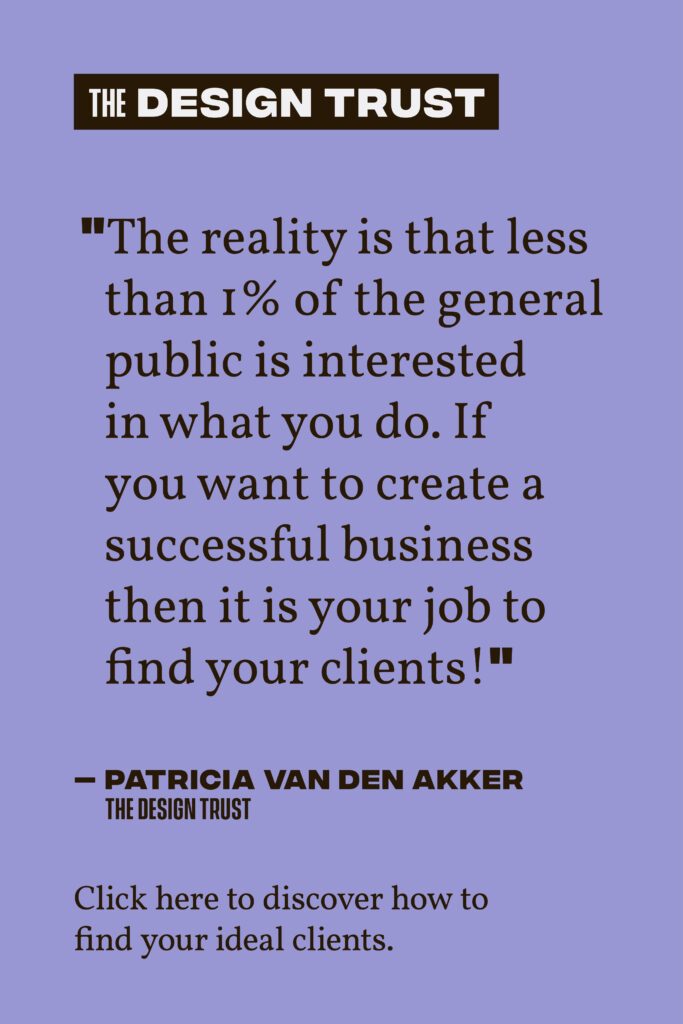
Did you find this detailed blog post about how to get to know your ideal clients useful? Did you do the exercises? We would love to hear from you below in the comments box below to see what you learnt, and more importantly what you actually did.
